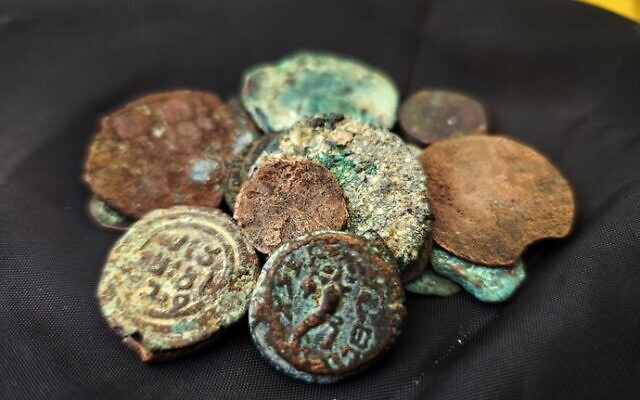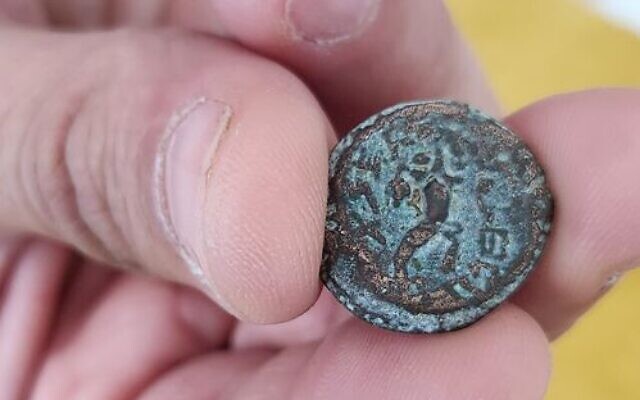The Israel Antiquities Authority says the coins minted during the reign of Antigonus Mattathias II are the rare coin from that period; dozens of other ancient coins from Roman to Islamic times were found in the search for the house in East Jerusalem.
The money was found in the suspect’s Silwan area home, and it contains bronze coins dating from the Roman to the Muslim eras. According to a statement from the IAA, coins during Antigonus Mattathias II’s rule (40 BCE to 37 BCE) are the most uncommon findings among those produced throughout the Hasmonean era.
Police questioned a man in his 30s who was suspected of stealing the antiquities, illegally possessing them, and trying to sell them. Man probably found artifacts with a metal detector in Jerusalem.
IAA Director Eli Escusido said that finding the coins at their original site would have been more useful to their study. “The removal of the coin from its archaeological site harms the ability to understand our historical puzzle.”



The piece features a cornucopia and the Hebrew text “Mattia Kohen Gadol,” which refers to the Hasmonean ruler as a member of the Jewish priestly class, according to Gabriela Bichovsky, a coin expert. According to her, the opposite side of the rare coin was minted with a Greek inscription surrounded by a wreath.
“Mattathias minted bronze coins in three denominations: large, medium, and small. The coin that was recovered is of the medium denomination and is rarer than the large, on which a pair of cornucopias appear instead of one,” Bichovsky added.
She further explained that the methods used were unique to Mattathias. Before being stamped with their designs, “the tokens were first cast in a double limestone mold, creating a thickening coin that looks as if two were stuck together.”
“It’s very difficult to find currency from Antigonos where you can see the models in their entirety on the faces of the coin. Among the currencies of the Hasmonean period, the coins of Antigonus Mattathias II are the rarest.”
